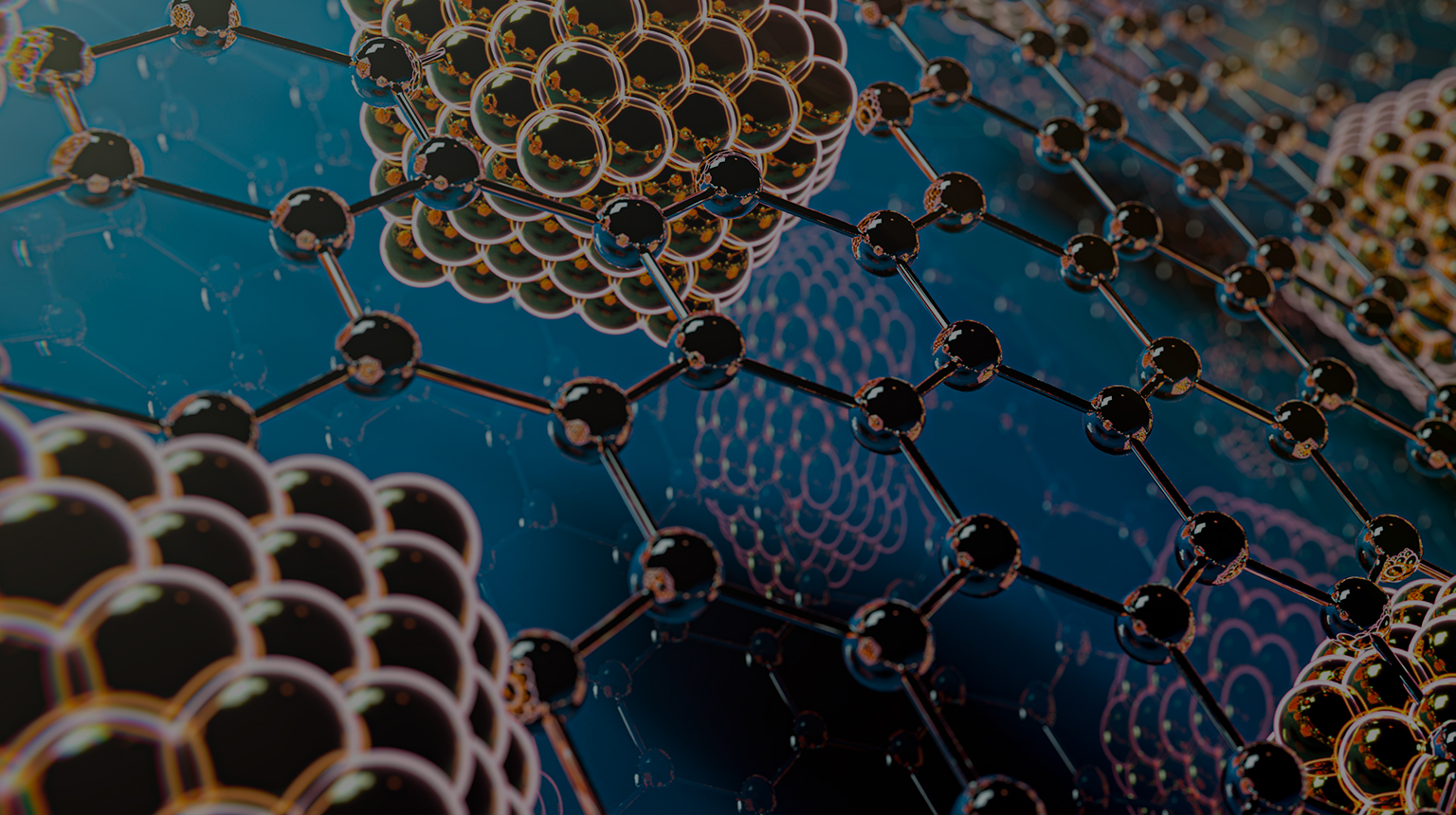

Publication
- HOME
- Publication
Publication
|
Aluminium-biochar composites as sustainable heterogeneous catalysts for glucose isomerisation in a biorefinery
관리자 │ 2024-05-11 HIT 289 |
|---|
|
Journal: Green Chemistry Authors: Iris K. M. Yu, Xinni Xiong, Daniel C. W. Tsang, Lei Wang, Andrew J. Hunt, Hocheol Song, Jin Shang, Yong Sik Oke, Chi Sun Poon Abstract: Aluminium-biochar composites (Al biochars) were devised to serve as a novel heterogeneous catalyst for isomerisation of glucose to fructose to achieve sustainable biorefineries. A series of Al biochars were synthesised from waste wood biomass, by varying the Al loading (10 or 20 wt%), pyrolysis temperature (from 500 to 750 °C), and purge gas (N2 or CO2). Their physicochemical properties, e.g., surface area, porosity, crystalline/amorphous structure, thermal stability, elemental composition, metal speciation, and acid/base site density, can be tuned by adjusting the pyrolysis conditions. As for their catalytic activity, 21.5 mol% fructose (selectivity 73.8 mol%) can be obtained from glucose conversion over Al biochar, after only 5 min heating at 160 °C in acetone/H2O as the medium. Such performance was comparable to those of costly advanced inorganic solid catalysts in the literature. Aluminium species in Al biochars were the major contributor of their catalytic activity, as fructose yield increased by 60% with increasing Al loading. In particular, active Al sites located on the biochar surface contributed to approximately 70% of the system activity, whilst the remainder was attributed to Al components leaching to the solution phase under hydrothermal conditions. The possible active species included Al2O3, Al(OH)3, AlO(OH), and Al–O–C moieties in amorphous phases, which may facilitate glucose isomerisation via the Lewis acid-driven mechanism (i.e., 1,2-hydride shift). This is the first study synthesising Al-biochar composites for catalytic glucose isomerisation, which demonstrates the high potential of biochar as a mesoporous and simple carbon support in emerging applications beyond environmental remediation. Keywords: - DOI: https://doi.org/10.1039/C8GC02466A |
| 이전글 | Influence of humic acid on the long-term performance of direct contact membrane ... |
|---|---|
| 다음글 | A highly sensitive electrochemical immunosensor for zearalenone using screen-pri... |





